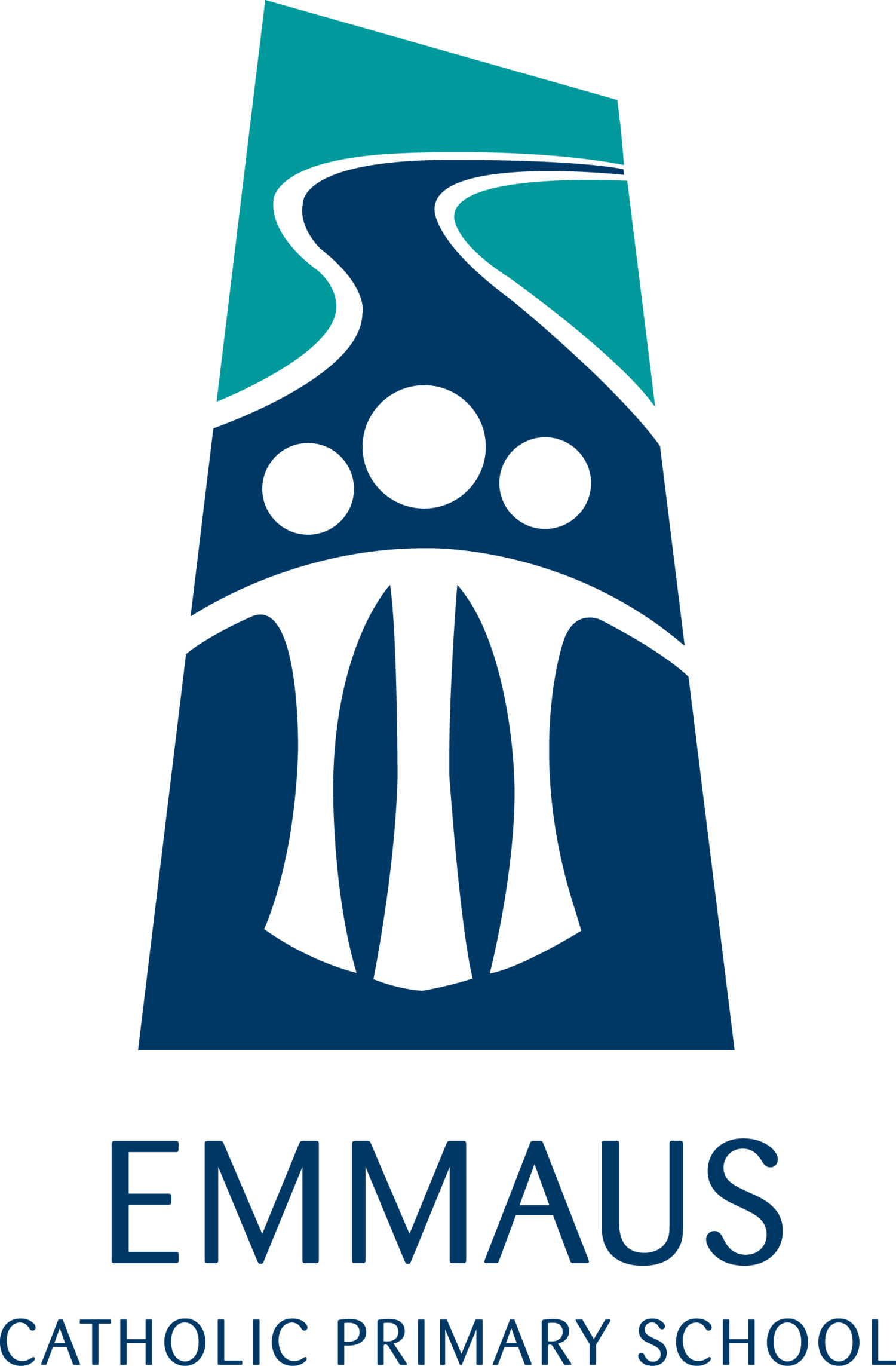TEACHING AND LEARNING
For many years now schools have taught the children in their care through an overarching ‘theme’ or ‘inquiry’. Since our beginnings we at Emmaus have adopted an inquiry topic based on the quote below:
“We are the Authors of our Own Future”
It has been our endeavour to begin the process of encouraging the children in our school to realise that they have the ability to help not only shape the future of their school but also to help set directions for themselves and their own lives. Developing “self responsibility” is and will continue to be our objective. All traditional curriculum areas are taught at Emmaus and we, like all schools across the state follow the Victorian Curriculum. The Victorian Curriculum Foundation to Year 10 sets out what every student should learn during their first eleven years of schooling. The curriculum is the common set of knowledge and skills required by students for life-long learning, social development and active and informed citizenship.
The Victorian Curriculum F–10 incorporates the Australian Curriculum and reflects Victorian priorities and standards.
These standards are in effect a ‘curriculum package’ for schools to follow. In stating this we as schools are not obliged to teach in the same manner when presenting the curriculum. At Emmaus it is our endeavour to work towards presenting learning experiences for our children that are reflective of their individual strengths and needs. Put simply, we are doing our best to “personalise” the learning pathways of our children and have adopted three ‘gateways‘ to achieve this goal.
1) The Creative deployment of personnel
We creatively deploy all personnel to ensure that there is a strong emphasis on well targeted, meaningful and solid instruction for all children, however, this is not the sole focus for our creative deployment of all personnel at Emmaus. It is our strongly held belief that we as a staff team need to be able to challenge and support one another to enhance our capacity as teachers. Thus we are working towards building our capacity to act as ‘critical colleagues‘ so that each and every one of us grow in our ability to address the strengths and needs of our students.
2) The Creative use of physical space
As one of the newer schools in Ballarat and district, we have been acutely aware that previously conceived and considered building structures might not be in the best learning, social and emotional interests of our students. Thus a great deal of consideration has gone into the creation of a place of learning that allows for children to be able to move and interact with one another and in doing so develop a heightened sense of independence and interdependence. A space that allows for teachers to be able to interact with students in a flexible yet effective manner and a space that allows for a variety of learning styles to be accommodated.
The end product that we have achieved is not only aesthetically beautiful, it also ticks all of the boxes on our wish list.
3) The Creative use of Information and Communications Technology
We at Emmaus use Mac computers and Mac technology for our ICLT platform. It is not our suggestion that the Mac technology we employ is necessarily 'better' than alternatives. We are simply suggesting that the learning and teaching possibilities on the Macs is both exciting and engaging for our students and thus worthy of our interest. To hear some of the podcasts or view some of the multi media presentations that the children have created vindicates our confidence in the ICLT platform we have adopted. Not only are the children using the Mac computers in an exciting manner they are also making use of iPads in a creative way. Students from Grade 1 - 6 use iPads in a 1:1 ratio. This work is ever evolving and changing as is the technology available to us. The challenge and the opportunity that we are presented with as a school is how we might best keep abreast with all that is available in the IT world whilst making critical judgements on what is most appropriate and effective in enhancing the learning pathways of our students.
In adopting these three gateways we are constantly reminded of the key question, “Why?”
The premise we work from is that there is nowhere in the world where we so clearly define what people learn according to age except in schools. A futures oriented curriculum challenges this belief and manner of teaching and learning.
Our endeavour is to work towards a new way of looking at the presentation of learning at Emmaus where the ‘grade levels’ of our children become less relevant and their needs and strengths become the measure of future learning directions.





